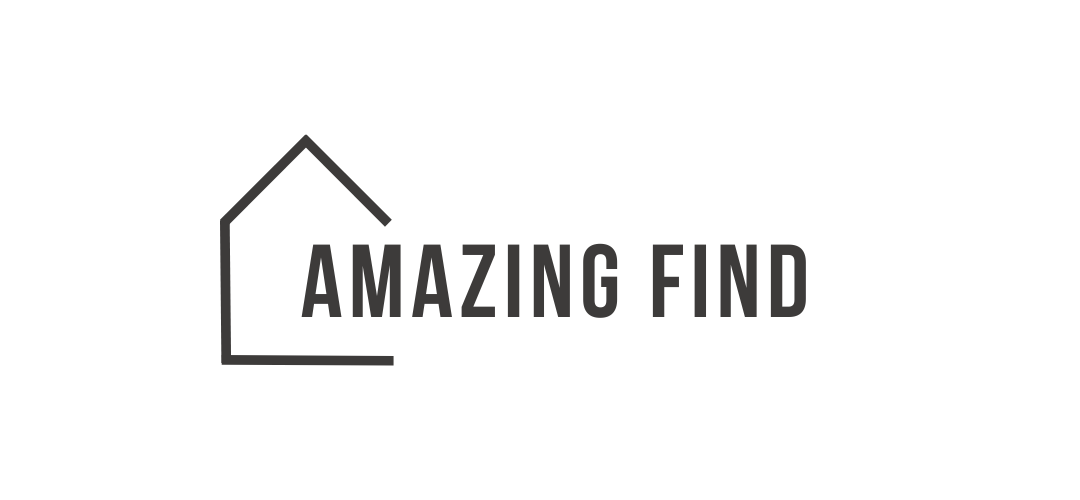In 2024, the luxury watch market stands at a crossroads, marked by shifting consumer priorities and economic headwinds. For decades, Rolex reigned as a symbol of status and investment, with models like the “Panda Daytona” and “Green Submariner” commanding astronomical prices on the secondary market. However, a perfect storm of oversupply, economic uncertainty, and generational shifts has sent Rolex’s resale values plummeting, raising questions about the future of luxury timepieces in a post-pandemic world.
1. The Rolex Bubble Bursts: Causes of the Resale Collapse
Rolex’s dominance in the secondary market began to unravel in 2022, when prices for its most iconic models dropped by 33%, wiping out gains made during the pandemic. The decline accelerated in 2024, with once-coveted watches like the “Daytona 116500LN” losing 66% of their peak value, according to resale platforms like Chrono24. This collapse stems from three key factors:
a. Strategic Overproduction
In response to record demand during the pandemic, Rolex increased annual production by 200,000 units in 2022, flooding the market with previously scarce models. What was once a waiting-list-only purchase became readily available at authorized dealers, eroding the brand’s exclusivity. As one industry analyst noted, “Rolex’s scarcity marketing backfired—when everyone can buy it, no one wants it.”
b. Economic Uncertainty
Global inflation and rising interest rates have squeezed middle-class budgets, prompting consumers to prioritize essential spending over luxury indulgences. High-net-worth individuals, traditionally the core of Rolex’s market, shifted investments toward safer assets like real estate and gold, further dampening demand.
c. Generational Values Shift
Gen Z and millennials, now driving 40% of luxury purchases, reject overt status symbols in favor of “quiet luxury” and sustainability. Rolex’s flashy designs and lack of eco-friendly initiatives clashed with younger buyers’ preferences for minimalist brands like Cartier and Omega, which emphasize craftsmanship and ethical sourcing.
2. The Rise of Affordable Luxury: Why Cartier and Omega Are Outperforming
While Rolex struggles, brands like Cartier and Omega are thriving in the secondary market. Cartier’s Tank and Santos models, priced below $10,000, saw resale values decline by just 0.4% in 2023, compared to Rolex’s 2.2% drop. Similarly, Omega’s Speedmaster Moonwatch maintained steady demand, driven by its blend of heritage and modernity.
This shift reflects a broader trend toward “accessible luxury”. Middle-class consumers increasingly seek watches that balance quality with affordability, prioritizing timeless designs over speculative investment returns. As Bloomberg’s Subdial Index revealed, entry-level watches (priced under $9,120) outperformed high-end models by 1.2% in 2023, signaling a democratization of taste.
3. The Middle Class Abandons Rolex: A Changing Paradigm
The middle class, once the backbone of Rolex’s success, is deserting the brand for three key reasons:
a. Value for Money
Middle-income buyers now view Rolex as overpriced relative to its peers. For instance, a Rolex Datejust retails for $10,000, while a Cartier Tank Française offers comparable craftsmanship at $6,500. As one financial advisor noted, “Why pay a premium for a brand name when you can get equal quality elsewhere?”
b. Sustainability and Ethics
A growing emphasis on sustainability has penalized brands with opaque supply chains. Rolex’s reluctance to adopt recycled materials or disclose sourcing practices contrasts sharply with competitors like Tudor (Rolex’s sister brand) and Breitling, which have pledged to use 100% recycled gold by 2030.
c. Digital Disruption
Smartwatches like the Apple Watch Ultra and Garmin MARQ are encroaching on traditional timepieces’ territory, offering health tracking and connectivity at a fraction of Rolex’s cost. Middle-class consumers, particularly Gen Z, increasingly see analog watches as relics of the past, preferring tech-integrated alternatives.
4. The Future of Luxury Watches: Adaptation or Obsolescence
To survive, luxury brands must adapt to a new era of consumer demands:
a. Embrace Smart Technology
Brands like Omega and TAG Heuer are integrating AI and biometric sensors into their designs, appealing to tech-savvy buyers. For example, Omega’s Seamaster Aqua Terra now includes a heart-rate monitor, blurring the line between luxury and functionality.
b. Prioritize Sustainability
Labels like Patek Philippe and Audemars Piguet are investing in eco-friendly practices, such as using lab-grown diamonds and recycled metals. These moves not only attract ethical consumers but also comply with evolving regulations in markets like the EU.
c. Target Emerging Markets
Asia-Pacific, particularly China and India, accounts for 41% of global luxury watch sales. Brands like Tissot and Longines are tailoring designs to local tastes, offering smaller dials and intricate engravings that resonate with Asian consumers.
5. The End of an Era
The Rolex resale slump is more than a temporary dip—it signals a fundamental shift in luxury consumption. Middle-class buyers, once obsessed with status symbols, now demand value, ethics, and innovation. Brands that fail to adapt risk irrelevance, while agile competitors like Cartier and Omega are poised to dominate the next decade. As the luxury watch market evolves, the lesson is clear: in a world of shifting priorities, even icons must innovate to survive.








Leave a comment